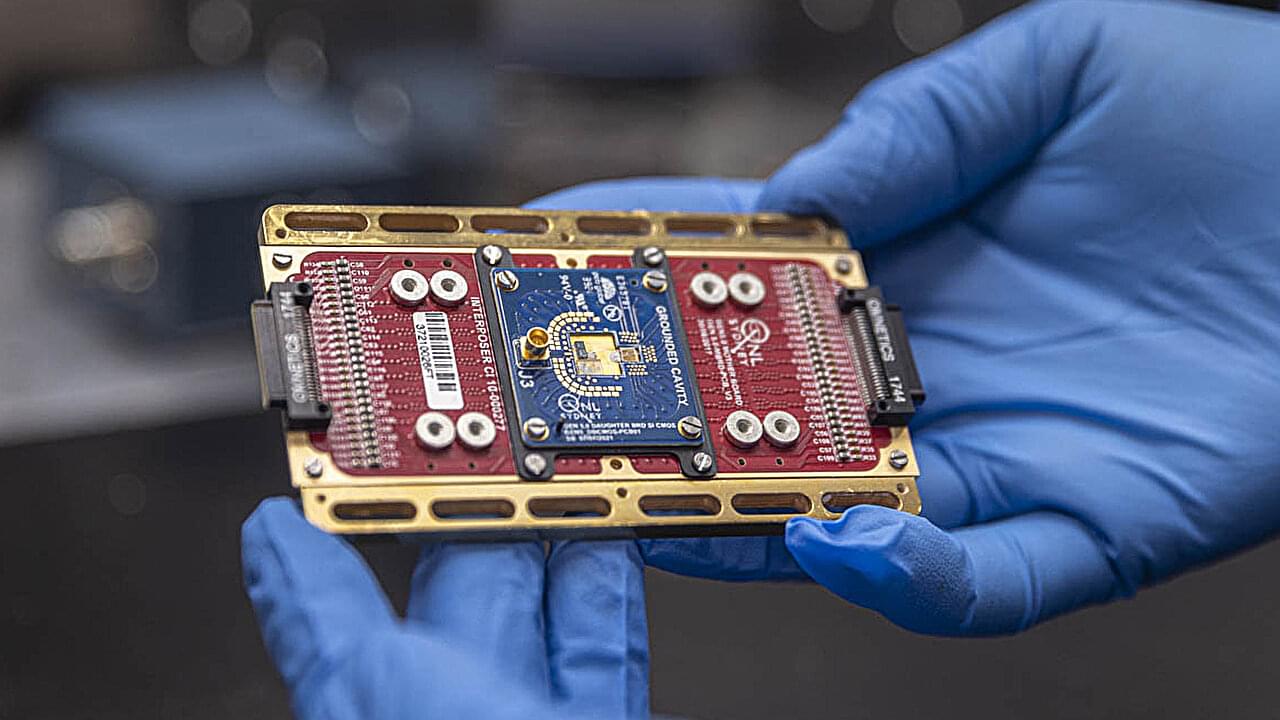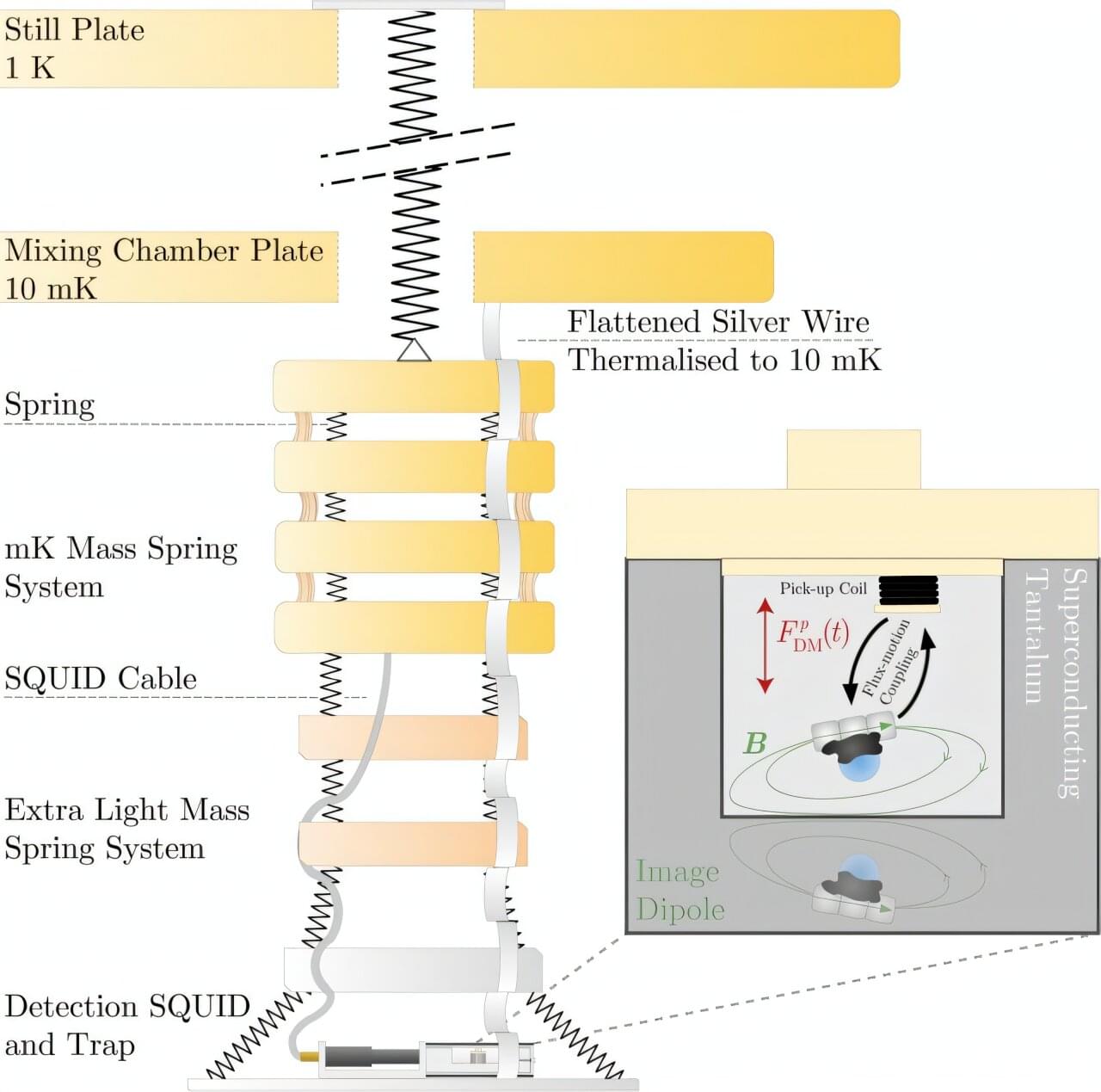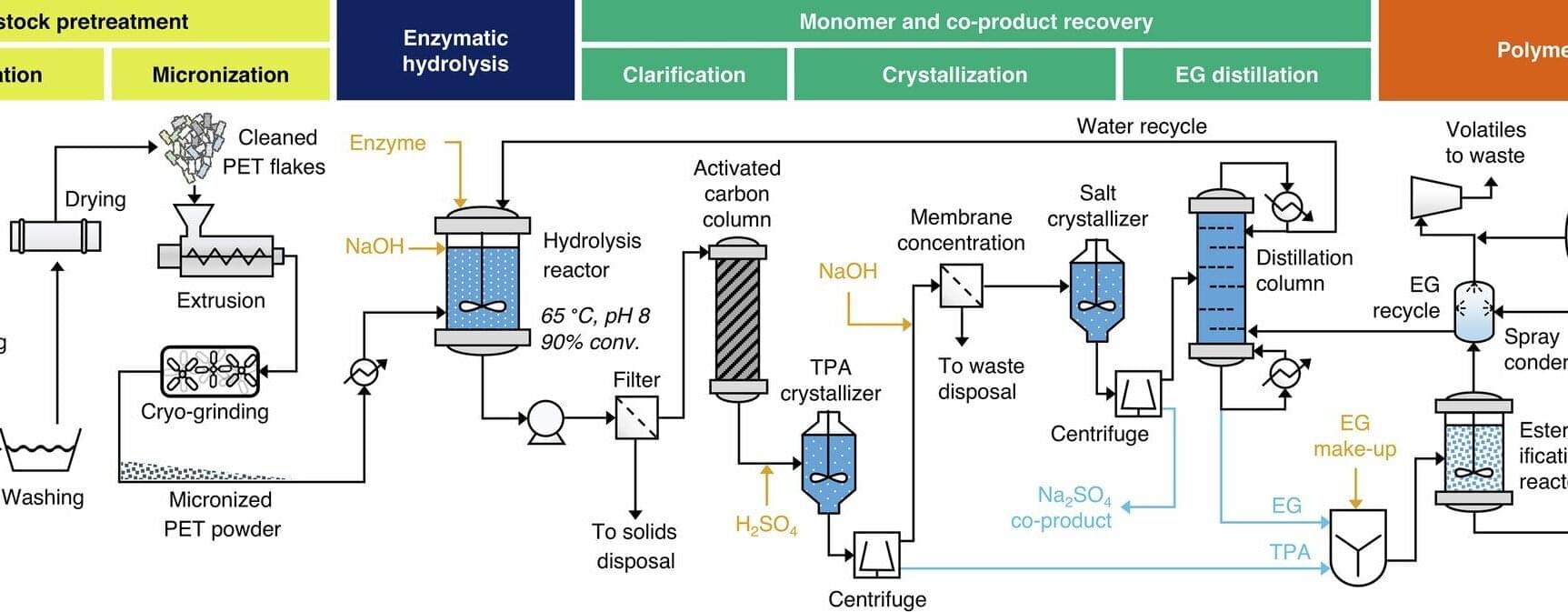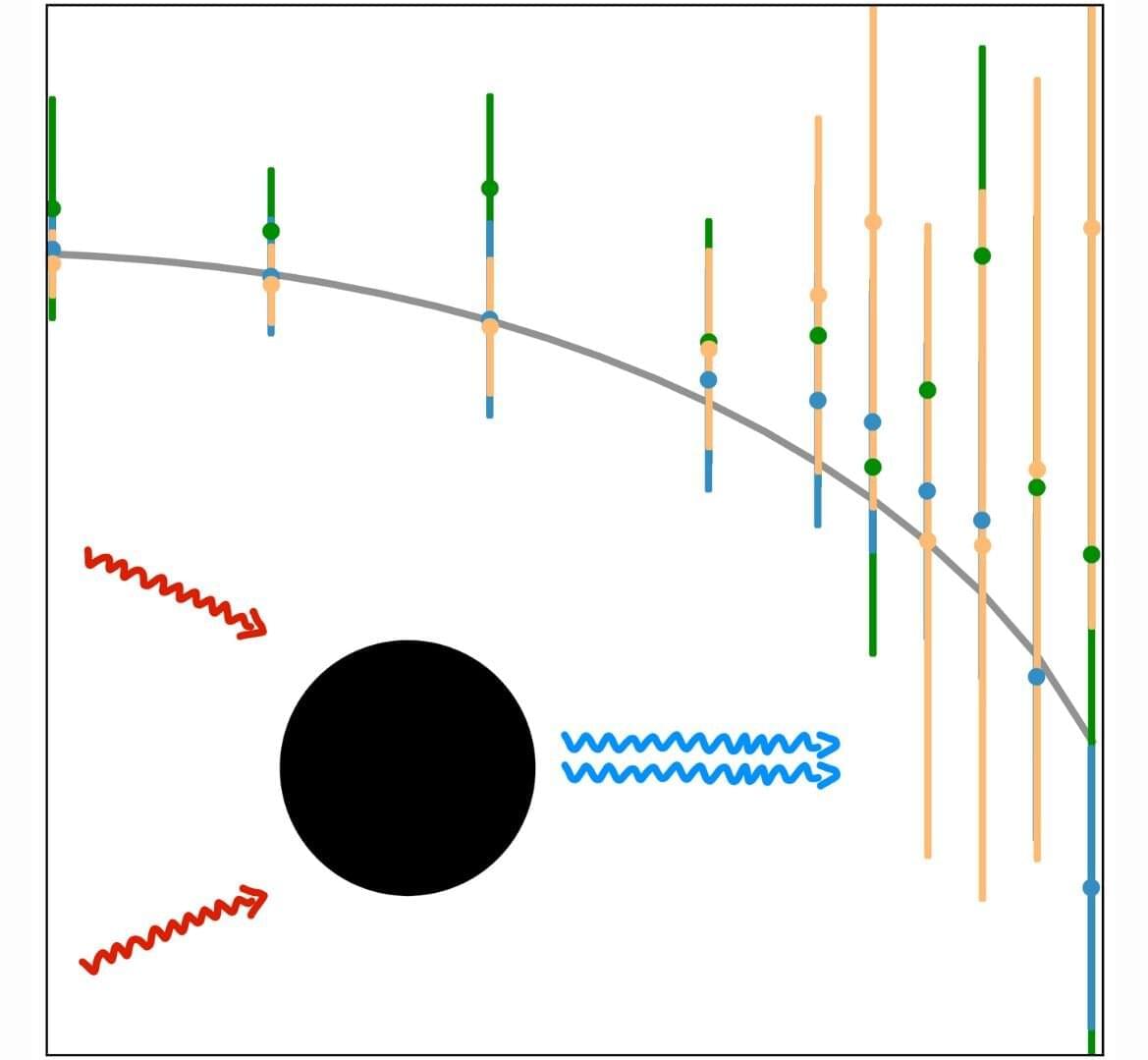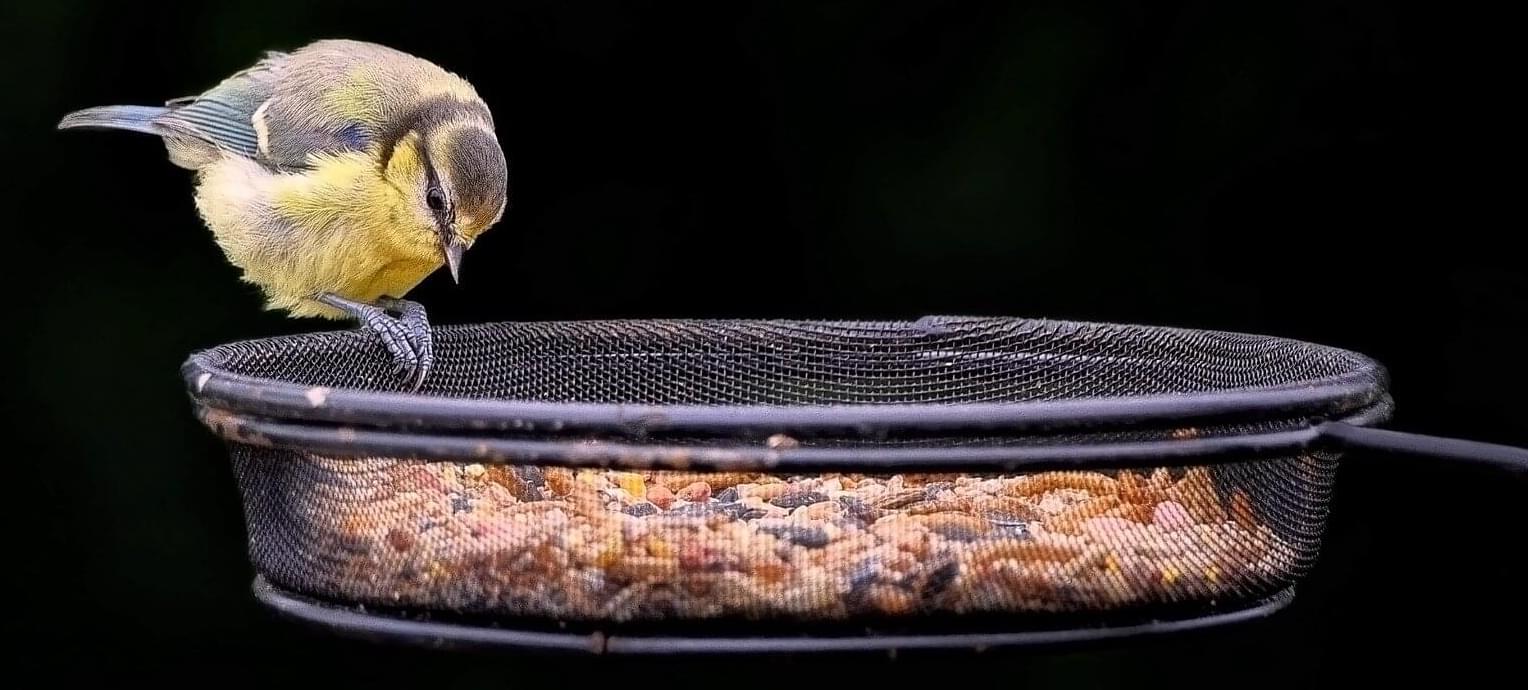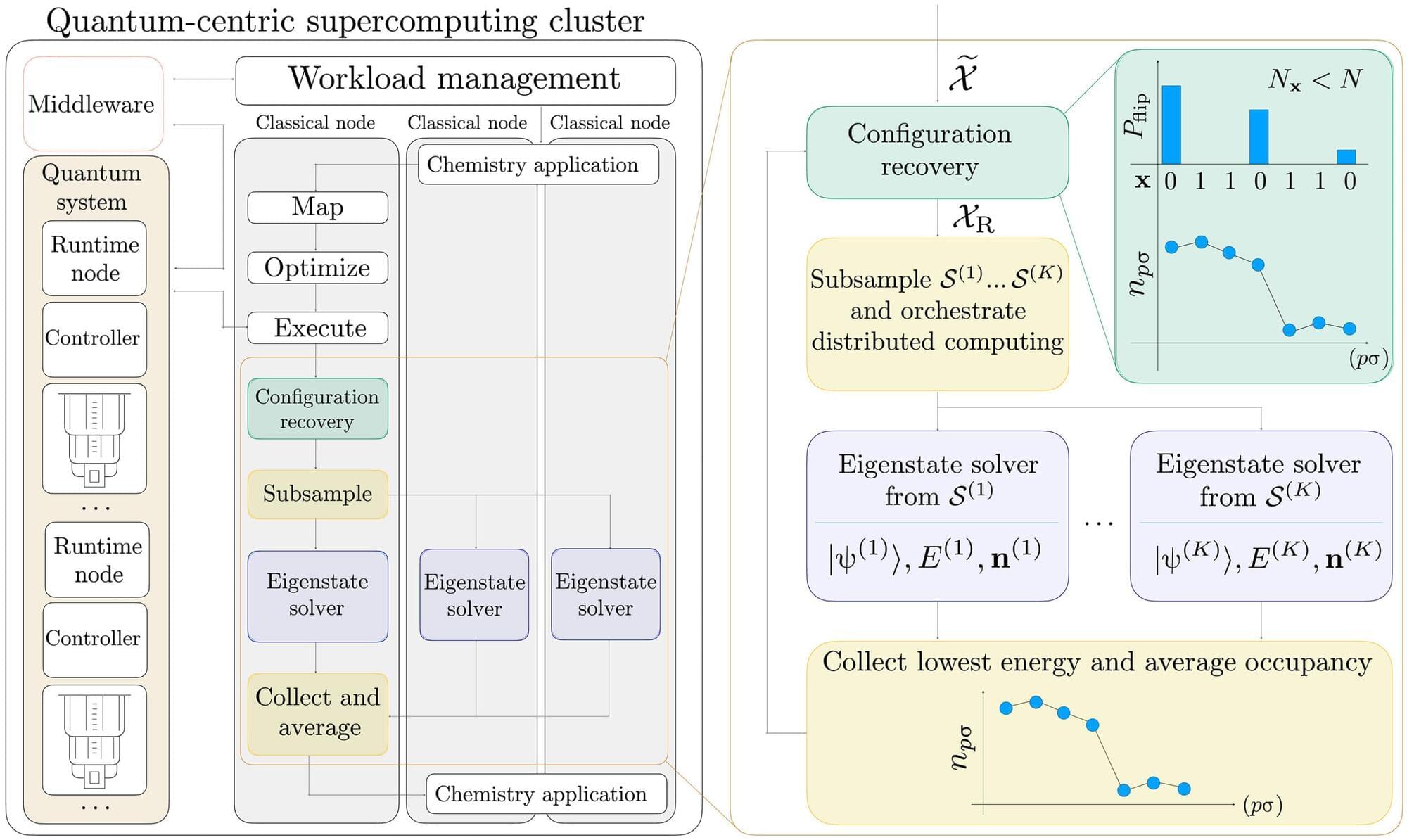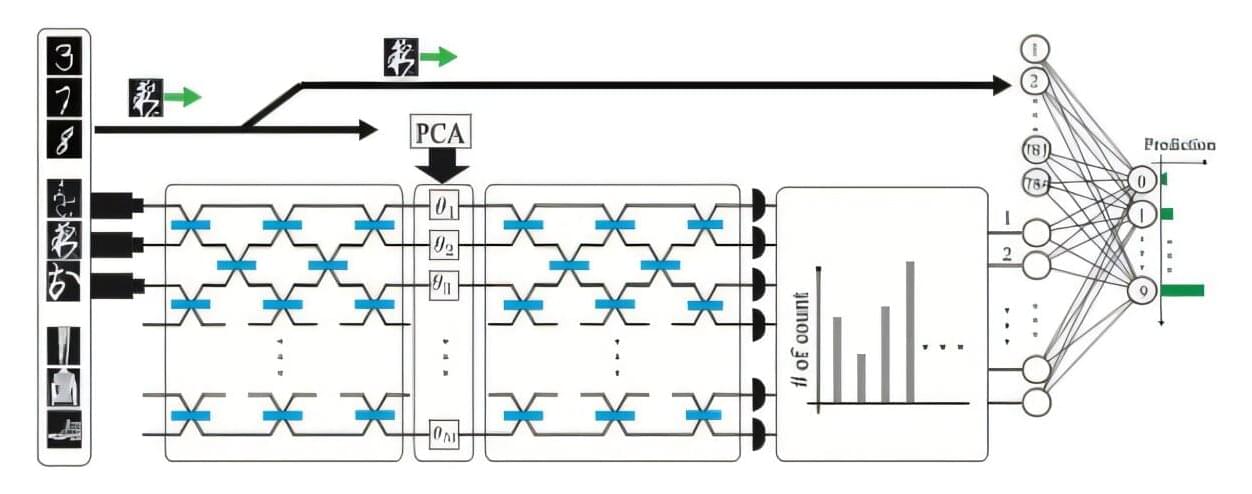In 2020, Yian Yin teamed up with economists at Northwestern University to look at the impact of researchers who had shifted their focus to study the COVID pandemic. He saw that these researchers faced a “pivot penalty”—their COVID-related work received less attention than previous contributions in their old field—and the greater the pivot, the worse the penalty.
As Yin and his colleagues continued their analyses, however, they discovered the pivot penalty wasn’t just a side effect of the pandemic. It occurred any time a scientist, inventor, or organization struck out in a new direction instead of staying in their lane.
“This is really a universal pattern that appears very widespread across science and technology—across different fields, research outcomes, career stages, and team sizes,” said Yin, who was then a research fellow at Northwestern, and is now an assistant professor of information science in the Cornell Ann S. Bowers College of Computing and Information Science.

